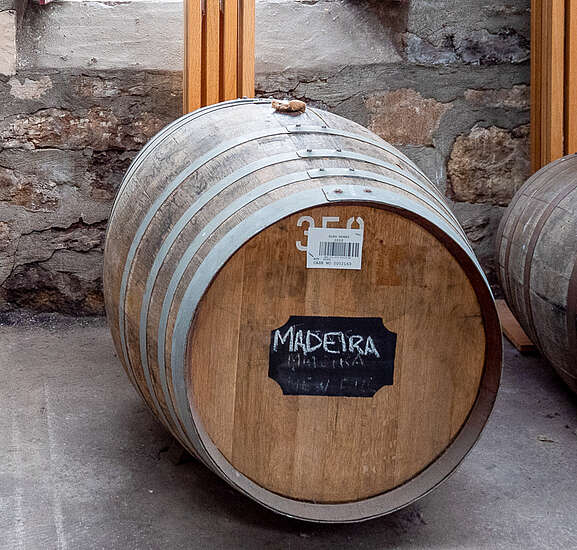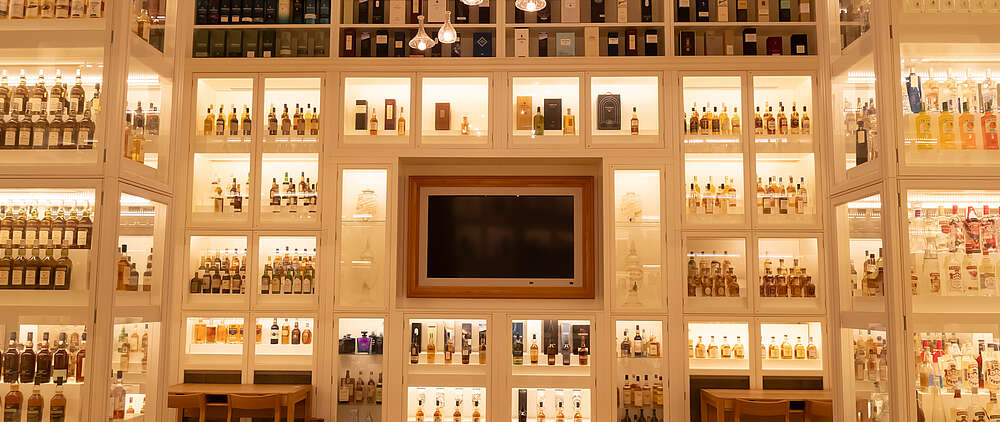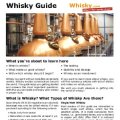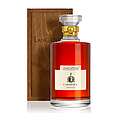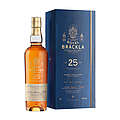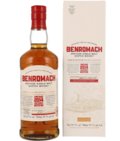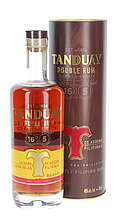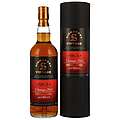Whisky Cask Sizes
The size of the cask has a significant influence on the speed of Whisky maturation and therefore on the Whisky's taste. In a small cask, the ratio of Whisky to cask wall is higher than in a large cask. The larger the cask, the less contact there is between Whisky and wood and the slower the Whisky matures. However, a faster maturation process is not necessarily the better one. Below you will find the most common cask sizes in the Whisky industry and what each size of cask means for the maturation of Whisky.
The following cask sizes are standard:
Bourbon Barrel (American Standard Barrel)
In the USA it is a legal requirement for Bourbon to mature for at least two years in fresh casks made of oak. Once these have been used to mature Bourbon, they are logically no longer used in American distilleries. So, for economical reasons, it has become standard practice in Scotland to mature Whisky in these used Bourbon casks. Typically, such an American Standard Barrel (ASB) contains 53 US gallons, which is the equivalent of about 200 litres. The ASB is therefore one of the smaller ones among the casks.
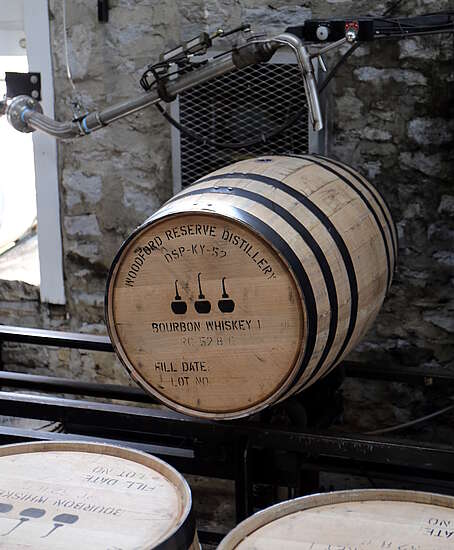
Hogshead
Hogsheads are casks made from the staves of other casks. For example, a Bourbon barrel with additional staves becomes an 'American hogshead' or 'Bourbon hogshead' and holds about 250 litres. Hogsheads are also made from the staves of former Sherry casks, which also contain around 250 litres. The hogshead is the most commonly used type of cask. The name 'hogshead' is most likely derived from 'oxhead'. In the picture you can see the difference in width of a hogshead (middle) compared to a Bourbon barrel.
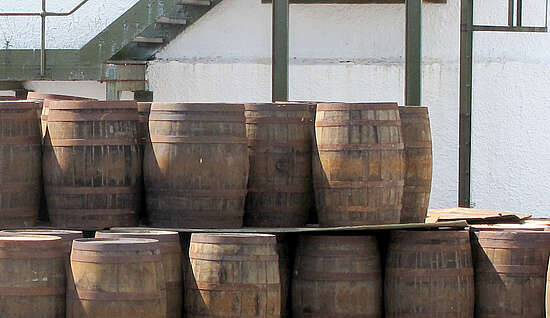
Butt
In the Sherry industry, butts comprising as much as 500 litres are very widespread and common. The term 'butt' is derived from the Italian word 'botte', which means cask. There are two different types of butts: Sherry butts are long, thin casks that were previously used to mature Sherry. Port butts, usually called 'Port pipes', are slightly more compact casks used in the production of Port Wine. In the past, Sherry and Port Wine were transported in these casks across the English Channel to the United Kingdom. As with the Bourbon casks, the Scots took the opportunity to save money by maturing their Whisky in the used Sherry casks that were already there. This gave the Whisky additional fruity aromas.
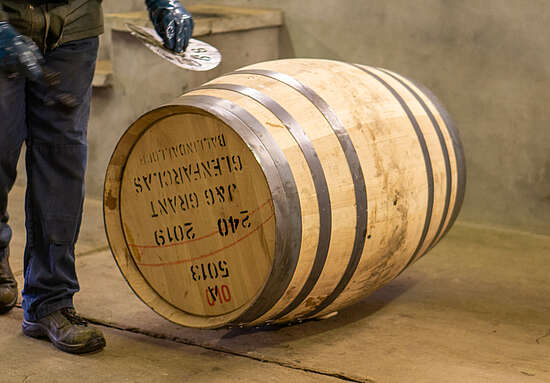
Port Pipe
The casks from the Port Wine industry are very closely related to the Sherry butts. Port pipes also contain 500 litres, some even up to 650 litres. Compared to the Sherry butts, Port pipes are a bit more compact. Similar to the Sherry butts, Port pipes have landed in the British Isles through the transport of Port Wine. There they were used for the production of Whisky, to save the costs and efforts to make new casks. The additional flavours that the Whisky gained from this were a nice side effect.
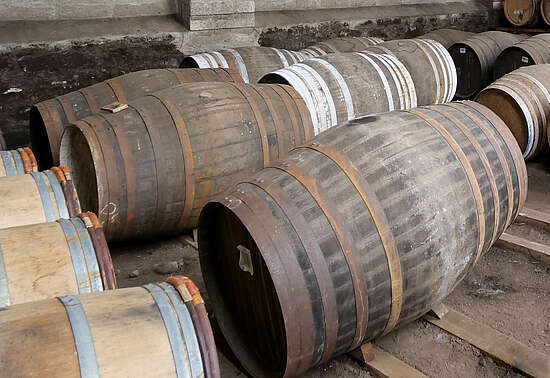
Quarter Cask
Quarter casks are smaller casks in which Whisky often matures to gain more flavour. The smaller the cask, the higher the contact between Whisky and cask wall and the more flavours the Whisky can absorb. Quarter can mean either a quarter of a butt, i.e. 125 litres or a quarter of an American Standard Barrel, i.e. 50 litres. These cask sizes used to be very popular because they made it easier to transport liquids. Today, it is the advantage of faster maturing that makes quarter casks so popular, especially for secondary maturation.
Octave
An octave cask contains only about one eighth of a butt, about 50 litres. This is where the name 'octave' comes from, because in music as well as in poetry octave always has to do with the number eight. Like in a quarter cask, there is a lot of interaction between the Whisky and the oak wood in the Octave, which means that the Malt absorbs a lot of aroma relatively quickly. However, an octave is somewhat rounder in shape than a quarter cask.
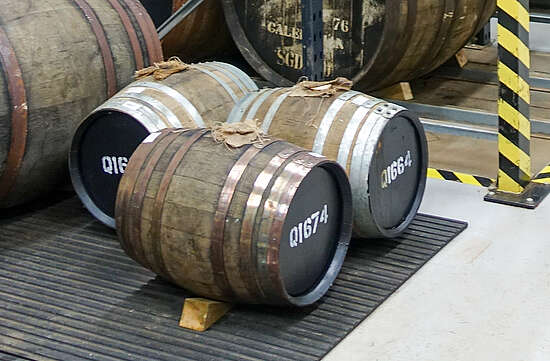
Other not so common sizes of Whisky casks are the following:
Blood Tub
The smallest of the Whisky casks contains a mere 30-50 litres. In the past, the blood tub was used for transport due to its advantages of its small size. Today it is no longer used in commercial Whisky maturation. Distilleries often offer the small casks to customers who would like to buy their own cask of Whisky.
Barrique
Barrique is French for cask. For barriques originally came from France and were used to transport Wine. Accordingly, most barriques are made of French white oak and are slightly larger than hogsheads. About 225 litres of Whisky can be stored in one barrique. This Whisky naturally absorbs the aromas of the Wine from the cask.
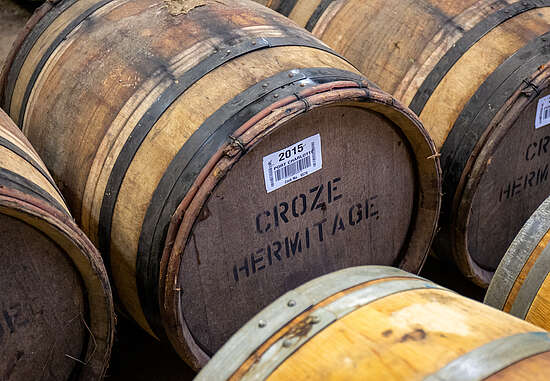
Bordeaux
A Bordeaux cask is also a barrique, but in particular one that was previously filled with Bordeaux. It can also be filled with 225 litres of Wine or Whisky.
Cognac
Similar to Sherry and Wine casks, Cognac casks were also available in Scotland in sufficient quantities due to imports. The use of Cognac casks to mature Whisky is not as common as the use of Wine Casks. Here and there, however, you can find a Whisky with a finish in a Cognac cask. In these casks there is space for about 300 litres.
Puncheon
The puncheon is an old English unit of measurement, after which this type of cask was named at some point. Puncheons are widely used for maturing Sherry. Like a butt, a puncheon also holds 500 litres, but it is shaped in a slightly different way. It is wider and more compact. Some puncheons are also built bigger than others - or smaller if they are used for the maturation of Rum. In Whisky production, however, the most common puncheon is the Sherry puncheon, which holds about 500 litres.
Madeira Drum
The fortified Wine of the same name comes from the Portuguese island Madeira. It matures in the so-called 'Madeira drums' that have a capacity of 650 litres. These drums are even more compact than the similar Sherry butts or Port pipes. Unlike most other types of casks, which are made of European or American white oak, the Madeira drum is made of the so-called sessile oak. In Whisky maturation, Madeira drums are particularly popular for finishes, to add the aromas of Madeira Wine to the Whisky before bottling.
